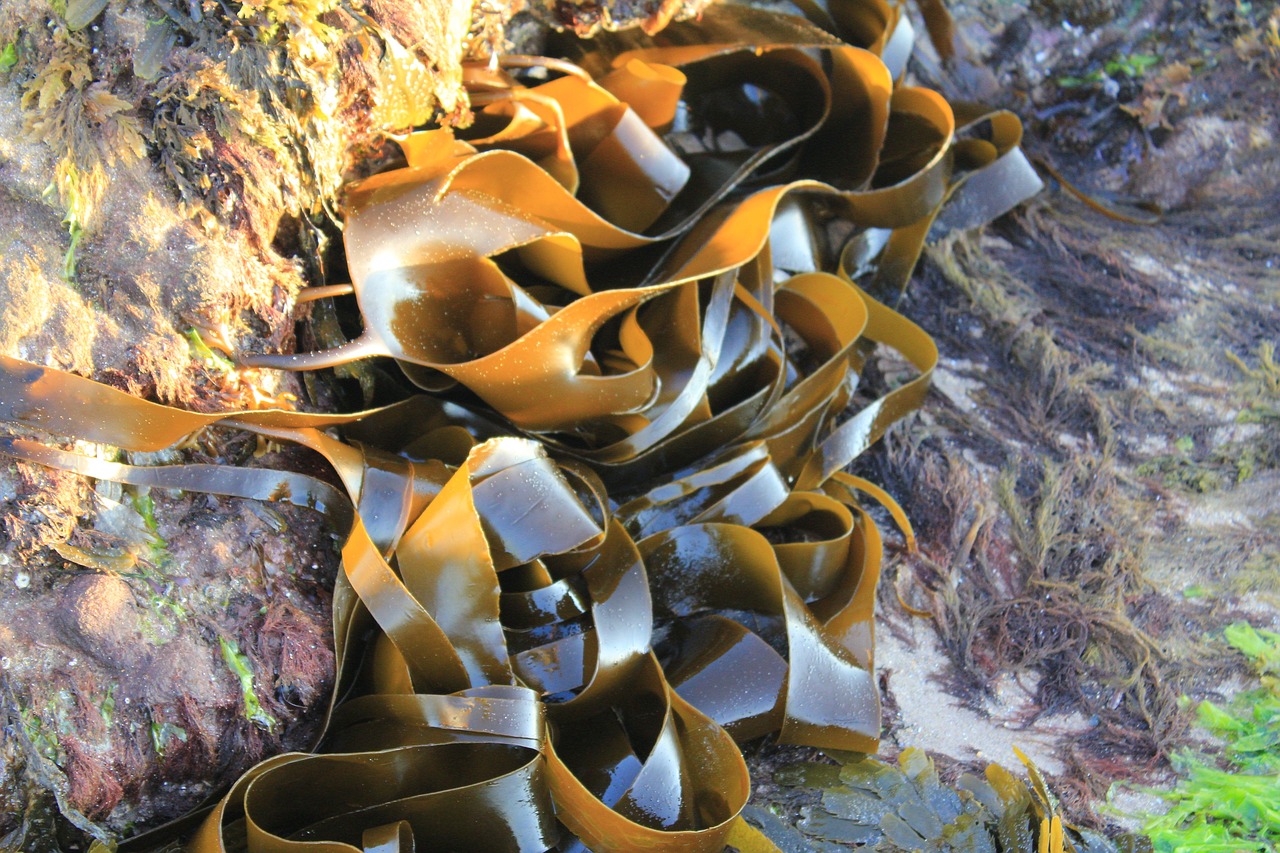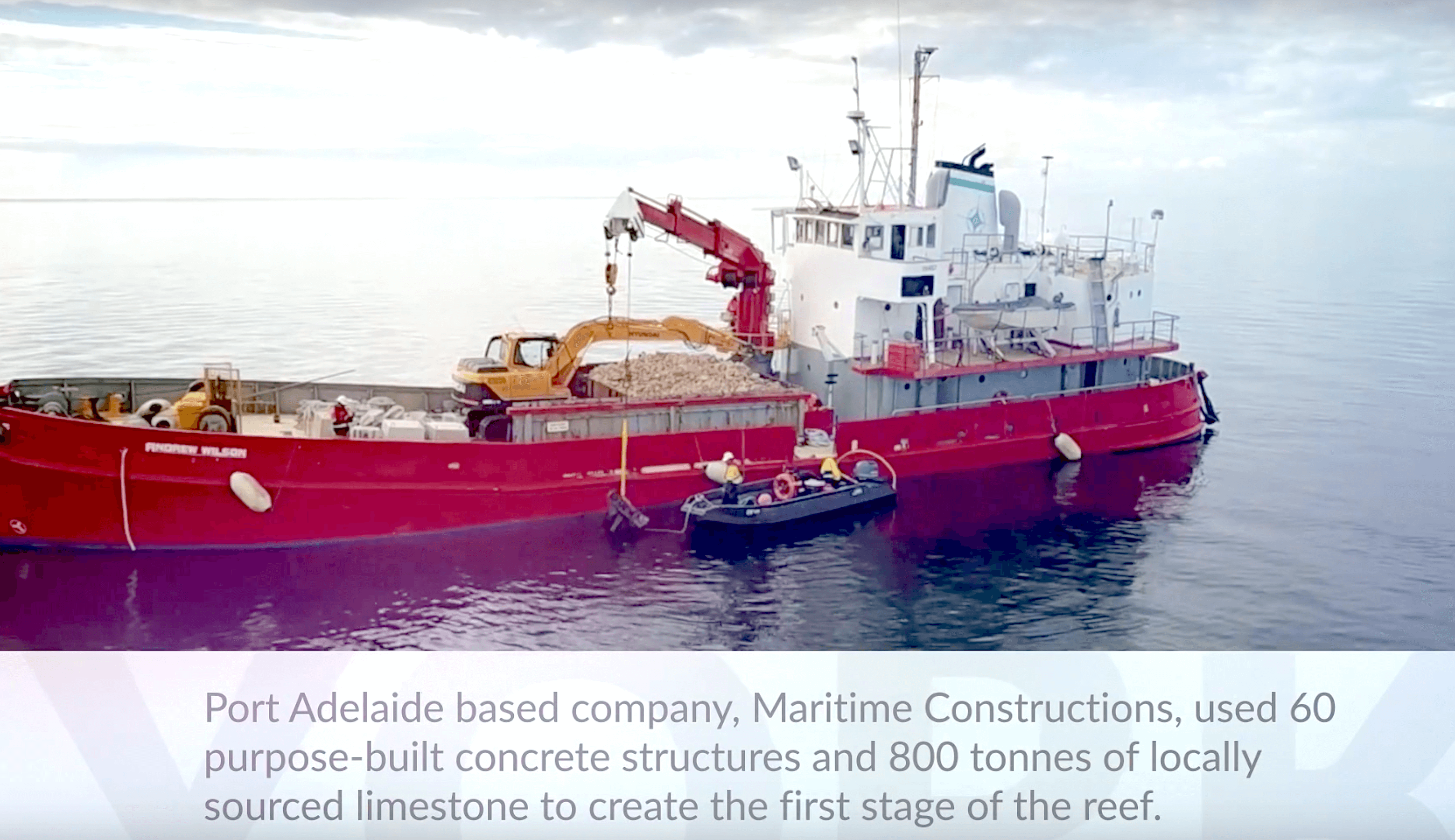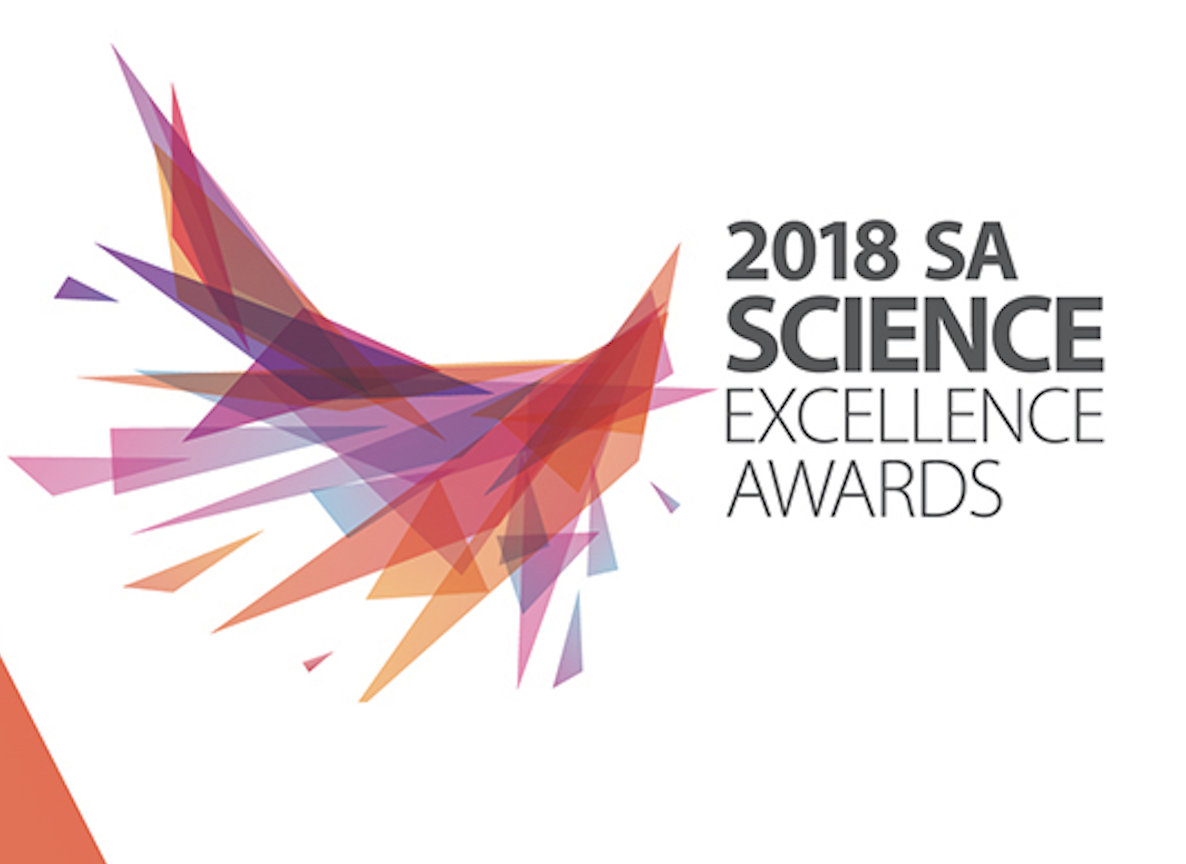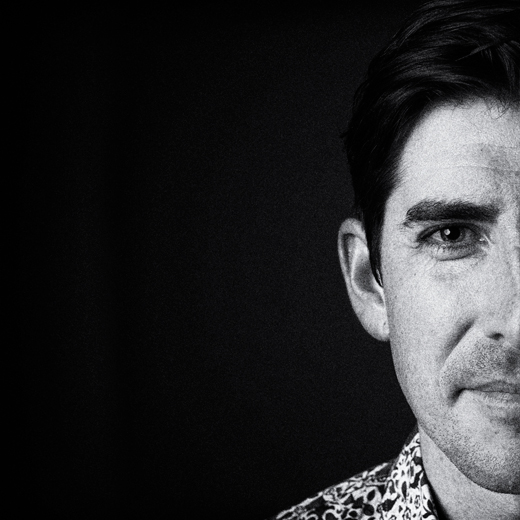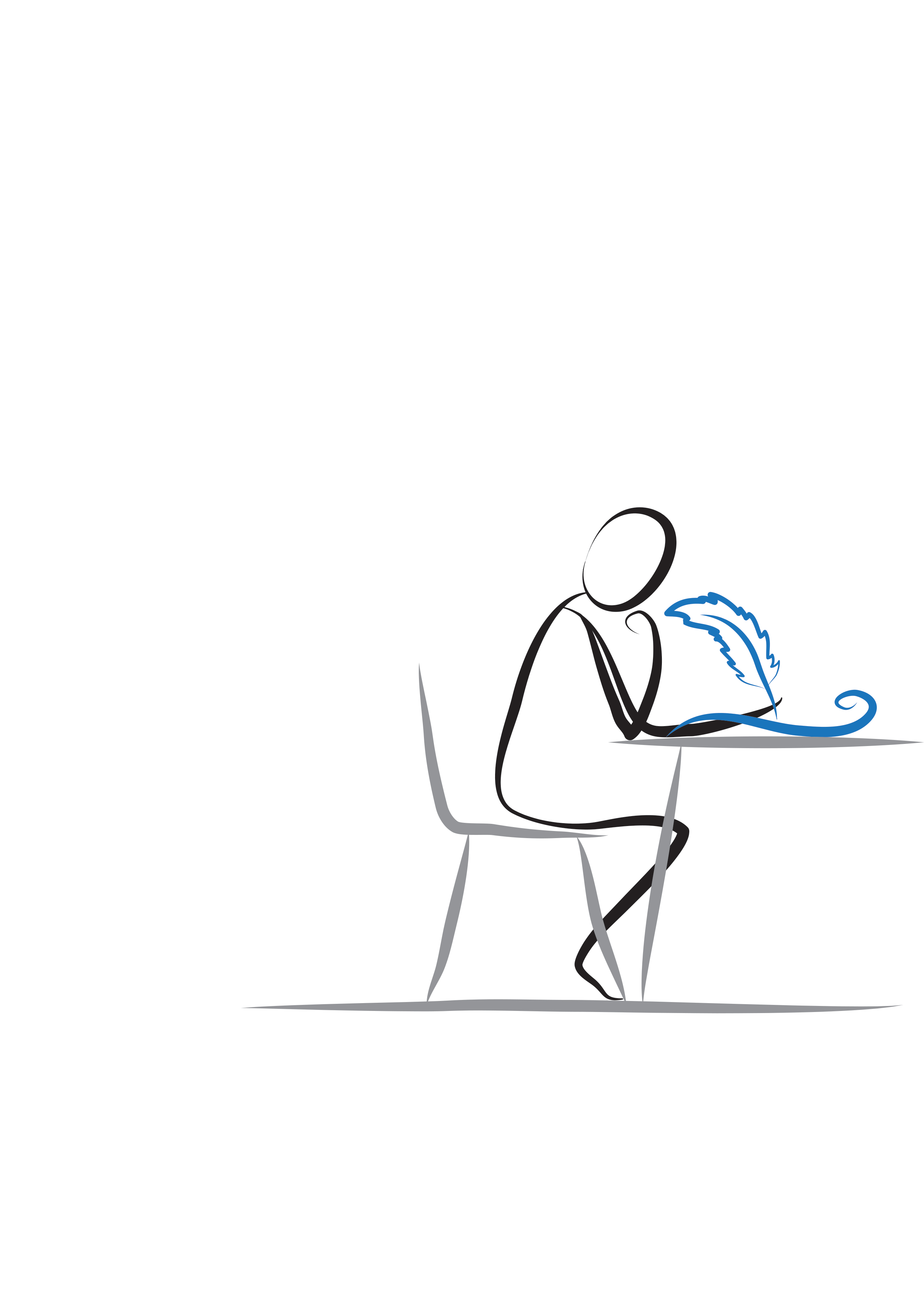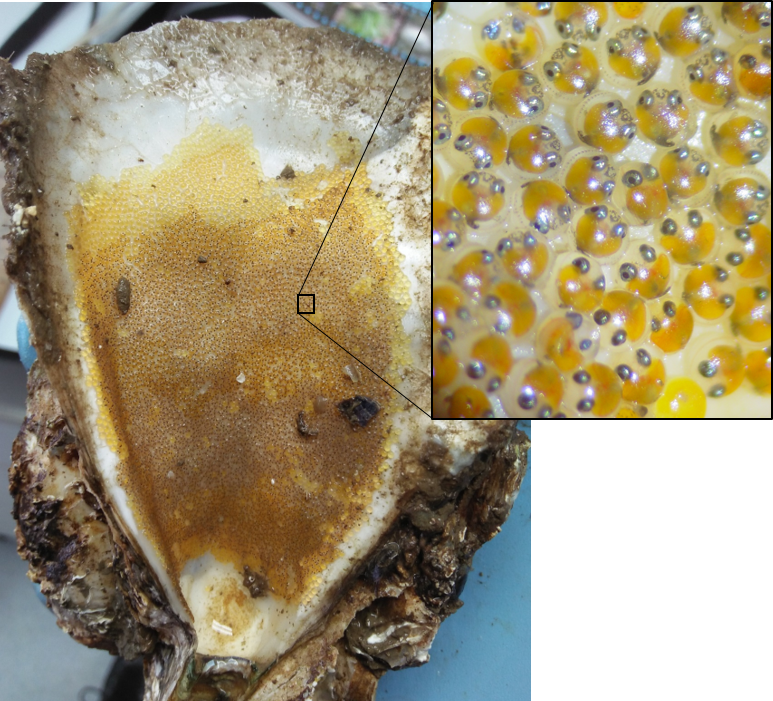Professor Sean Connell, Dr Zoe Doubleday, Jonathon Leung and Samuel Owens from the Southern Seas Ecology Laboratory within the Environment Institute have published a new paper in Conservation Biology.
Their collaboration with SARDI, CQ University, UNSW, Norwegian Institute for Water Research, The University of Hong Kong investigated whether the way we view “healthy” ecosystems is not entirely accurate, if we’re looking in the wrong place for indicators of environmental stress. Seagrass stress may be the indicator for ecosystem health.
Sean Connell joins us with a guest blog post to explain the importance of the recently published paper:
Habitats that appear healthy on the surface can sometimes disappear without warning.
This is often thought to be due to gradual increases in stress, which, at first, the habitat ‘resists’, but then, past a certain point or threshold, further small increases in stress cause collapse (i.e. the ‘last straw’ analogy).
Seagrass, which form extensive underwater grasslands, are disappearing rapidly around the world.
We looked at whether seagrass showed a ‘threshold effect’ in response to a key human-induced stress: nutrient pollution (e.g. stormwater runoff from urban coastlines).
Seagrass did show such as response, appearing healthy when exposed to moderate levels of nutrient pollution, but then showing a striking fall in leaf growth when nutrient levels increased further.
Knowing if and when a threshold occurs is crucial for the management of natural resources, adding or removing the ‘last straw’ of stress may result in either habitat loss or habitat persistence.
Read the full article in Conservation Biology.




